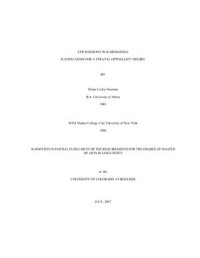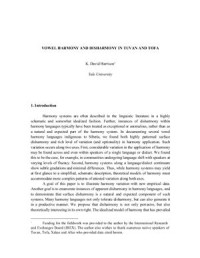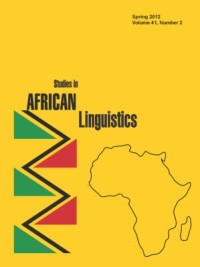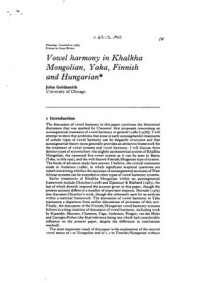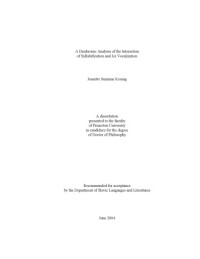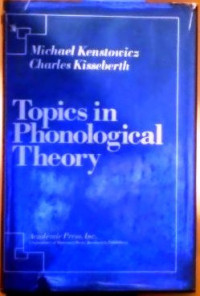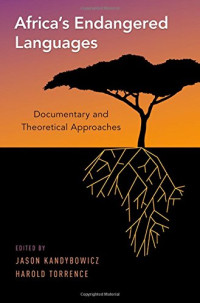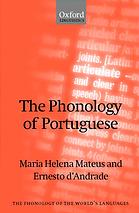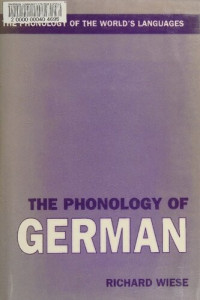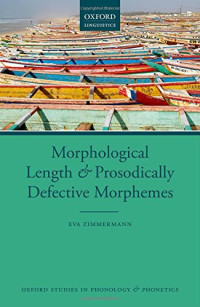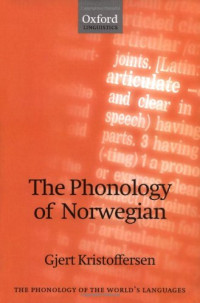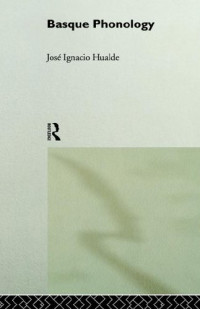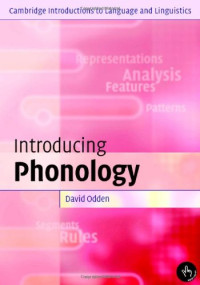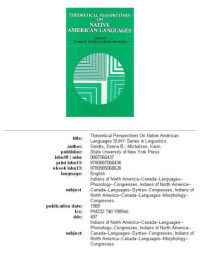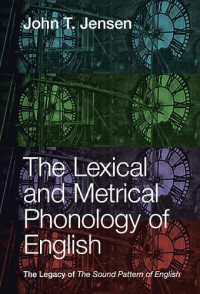
Disharmony and derived transparency in Uyghur vowel harmony Vowel
Vaux Bert.
Cambridge: Harvard University, 2000. In Proceedings of NELS 30, M. Hirotani, A. Coetzee, N. Hall, and JY. Kim, eds., 671-698.Uyghur is generally believed to possess a vowel harmony system very similar to the one found in its relative Turkish, save for the fact that in Uyghur iis neutral and transparent (Lindblad 1990, Hahn 1991, Alling 1999). In this paper I argue on the basis of the phonological behavior of disharmonic vowels that Uyghur vowel harmony is actually quite different from the Turkish system in that harmony propagates only [-back] and harmony applies both cyclically and post-cyclically. I demonstrate furthermore that the Uyghur facts can only be insightfully accounted for in a theory that assumes derivations, cyclicity, and visibility of the sort elaborated in Halle and Vergnaud 1987, Halle 1995, Calabrese 1995, Vaux 1998, and Halle, Vaux, and Wolfe 2000. Theories of harmony that model transparency and opacity in terms of featural underspecification and prespecification respectively (e.g. Clements 1976, Clements and Sezer 1982, Clements 1987) fail to account for derived transparency in Uyghur, and output-driven OT frameworks such as Cole and Kisseberth 1994, Pulleyblank 1996, and Ringen and Heinämäki 1999 are unable to capture the range of surface facts produced by the interaction of cyclic and post-cyclic vowel harmony with post-cyclic vowel raising in cyclic and non-cyclic environments.
 Amazon
Amazon  Barnes & Noble
Barnes & Noble  Bookshop.org
Bookshop.org  Konvertieren Sie Dateien
Konvertieren Sie Dateien Mehr Suchergebnisse
Mehr Suchergebnisse Andere Vorteile
Andere Vorteile 
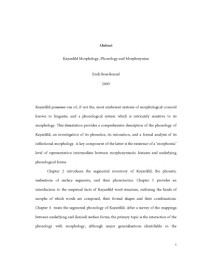
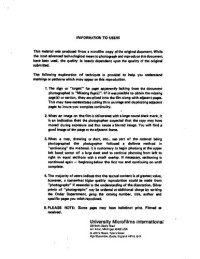
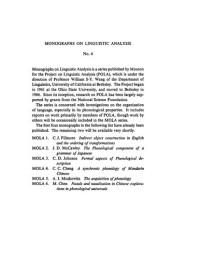
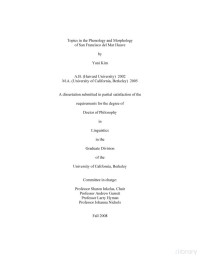
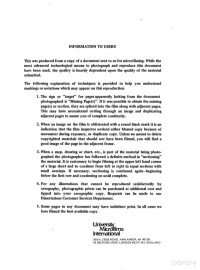
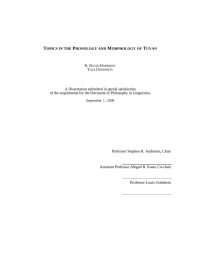

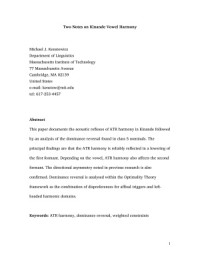
![Jones P.J. — Glide Formation in Kinande Does Not Neutralize an Underlying [ATR] Contrast](https://s3proxy.cdn-zlib.se/covers200/collections/genesis/4d07cdd3ab9bd41325a06c97a84803a1cbc435ff1290af41260f2dc1ca474617.jpg)

